Today the Plus four is most commonly known as a golfers outfit. And since the Plus four was worn often during sports and outdoors, we now can understand why golfers love to adorn themselves with puffed trousers and checkered socks.
read more:
Jocks and Nerds, Men's style in the Twentieth Century, Richard Martin and Harold Koda
0 Comments
The waistcoat is said to derive from the Persians in the 17th century as seen by English visitors to the court of Shah Abbas. King Charles the II got the credits for introducing it in the European style of clothing. After the Great Plague, and the Great Fire of London, he felt the need for a more sober style of clothing. It was designed to discourage the use of lavish materials, and cover the body much plainer and cheaper than before. John Evelyn wrote about it on October 18, 1666: "To Court, it being the first time his Majesty put himself solemnly into the Eastern fashion of vest changing doublet, stiff collar, bands and cloak, into a comely dress after the Persian mode, with girdles or straps, and shoestrings and garters into buckles...resolving never to alter it, and to leave the French mode".
Read and see more: I Am Dandy: The Return of the Elegant Gentleman by Nathaniel Adams History of men's fashion, Nicholas Storey |
Sunny van Zijst
I am maker of vintage inspired couture. I was trained as a designer for theater costumes. Now I enjoy making vintage inspired clothing for men and women. Archives
July 2023
|
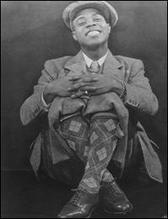

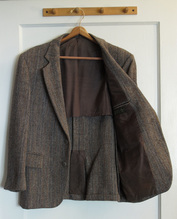

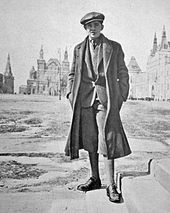
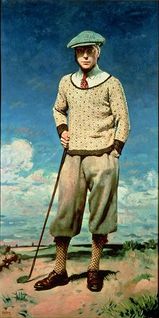
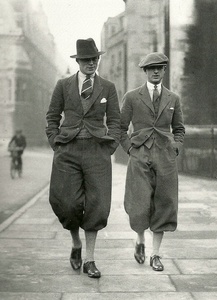
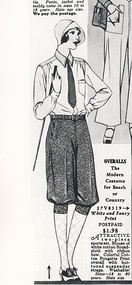

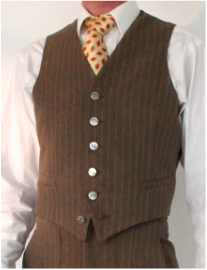
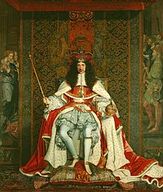
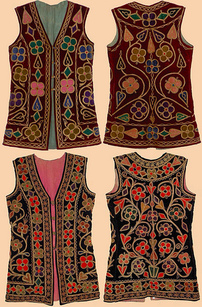
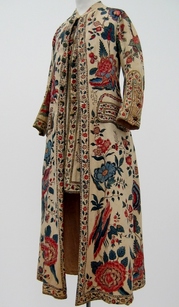
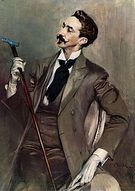

 RSS Feed
RSS Feed
